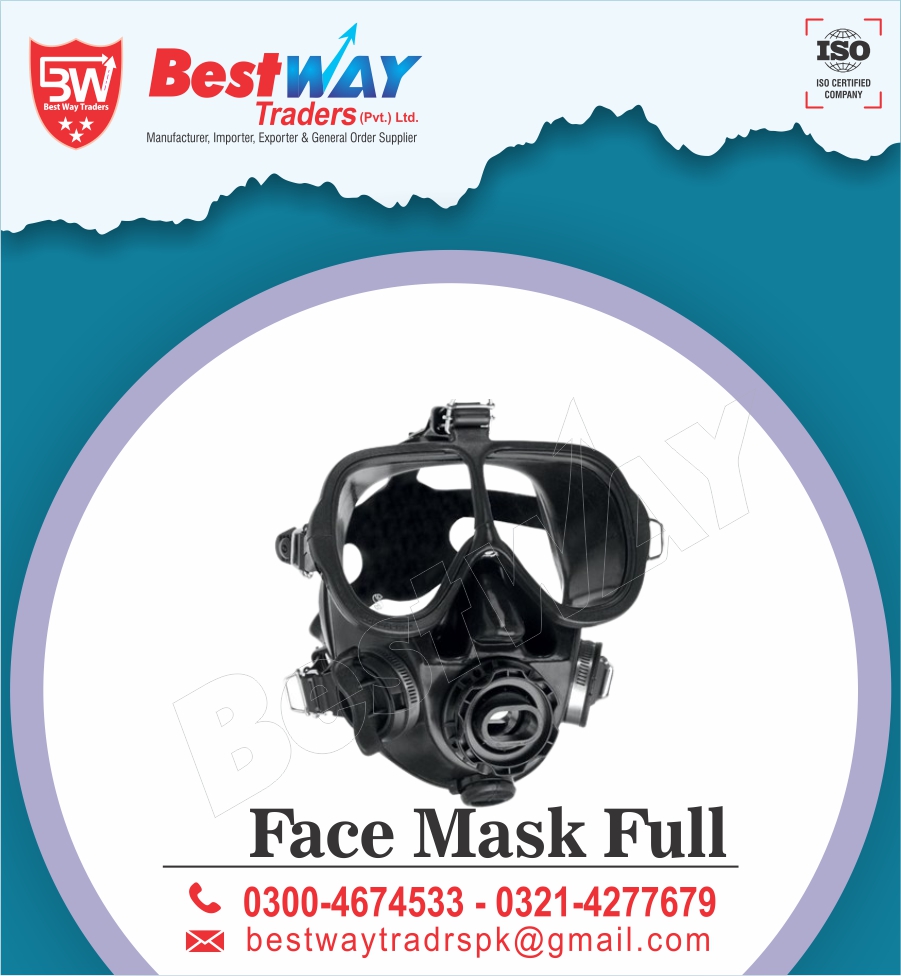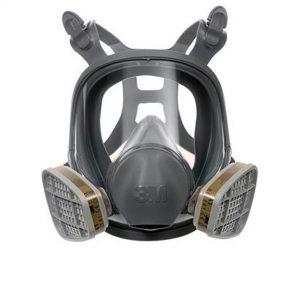Description
FACE MASK (FULL)
Background
The German government has made it mandatory to wear respiratory masks covering mouth and nose (MNC) as an effective strategy to fight SARS-CoV-2 infections. In many countries, this directive has been extended on shopping malls or public transportation. The aim of this paper is to critically analyze the statutory regulation to wear protective masks during the COVID-19 crisis from a medical standpoint.
Methods
We performed an extensive query of the most recent publications addressing the prevention of viral infections including the use of face masks in the community as a method to prevent the spread of the infection. We addressed the issues of practicability, professional use, and acceptability based on the community and the environment where the user resided.
Results
Upon our critical review of the available literature, we found only weak evidence for wearing a face mask as an efficient hygienic tool to prevent the spread of a viral infection. However, the use of MNC seems to be linked to relevant protection during close contact scenarios by limiting pathogen-containing aerosol and liquid droplet dissemination. Importantly, we found evidence for significant respiratory compromise in patients with severe obstructive pulmonary disease, secondary to the development of hypercapnia. This could also happen in patients with lung infections, with or without SARS-CoV-2.
Conclusion
Epidemiologists currently emphasize that wearing MNC will effectively interrupt airborne infections in the community. The government and the politicians have followed these recommendations and used them to both advise and, in some cases, mandate the general population to wear MNC in public locations. Overall, the results seem to suggest that there are some clinically relevant scenarios where the use of MNC necessitates more defined recommendations. Our critical evaluation of the literature both highlights the protective effects of certain types of face masks in defined risk groups, and emphasizes their potential risks.
Introduction
The knowledge that the use of face masks delays the SARS-CoV-2 transmission is rapidly gaining popularity in the general population. Politicians need guidance on how masks should be used by the public to fight the COVID-19 pandemic crisis. In this review, we summarize the relevant literature on this topic.
“The surgical face mask has become a symbol of our times.”
On March 17th, 2020, this was the headline of an article in the New York Times on the role of face masks during the COVID-19 outbreak. Face masks have become a clothing accessory that is worn every day and everywhere. A variety of shapes, forms, and materials are being used and advertised to the point that in 2020 the business of producing and selling face masks was born.
In Germany, the government has ruled that wearing a face mask is obligatory to protect the population from any risks of airborne illness, according to the constitutional law [1] stating that “Protection must be easily provided to every citizen in the country.”
The aim of this paper is to analyze and critically discuss the regulations of some Federal States in Germany, which require protective masks in public to conform to similar regulations already in place in other countries.
Most masks covering the mouth are named mouth nose covering (MNC) according to the Robert Koch Institute (RKI; the German federal government agency and research institute responsible for disease control and prevention) and do not protect against respiratory and airborne infections. In the following review, the term “protective masks” will be used to describe any type of face mask.
Face masks protecting from infections
Respiratory masks (RM) are protective devices covering a part of the face. They are designed to protect both the person who wears them and the immediate environment from breathable pollutants (respiratory poisons or bacterial/viral pathogenic organisms). Different masks can be classified as I) full masks (normed following EN 136) and II) half and quarter masks (EN 140) (Figs. 1, 2, 3 and 4). While a full mask covers the whole face, a half–mask fits from under the chin to above the nose, a quarter mask fits from the top of the nose to the top of the chin. The breathing resistance varies proportionally to the density of the mask material.






Reviews
There are no reviews yet.